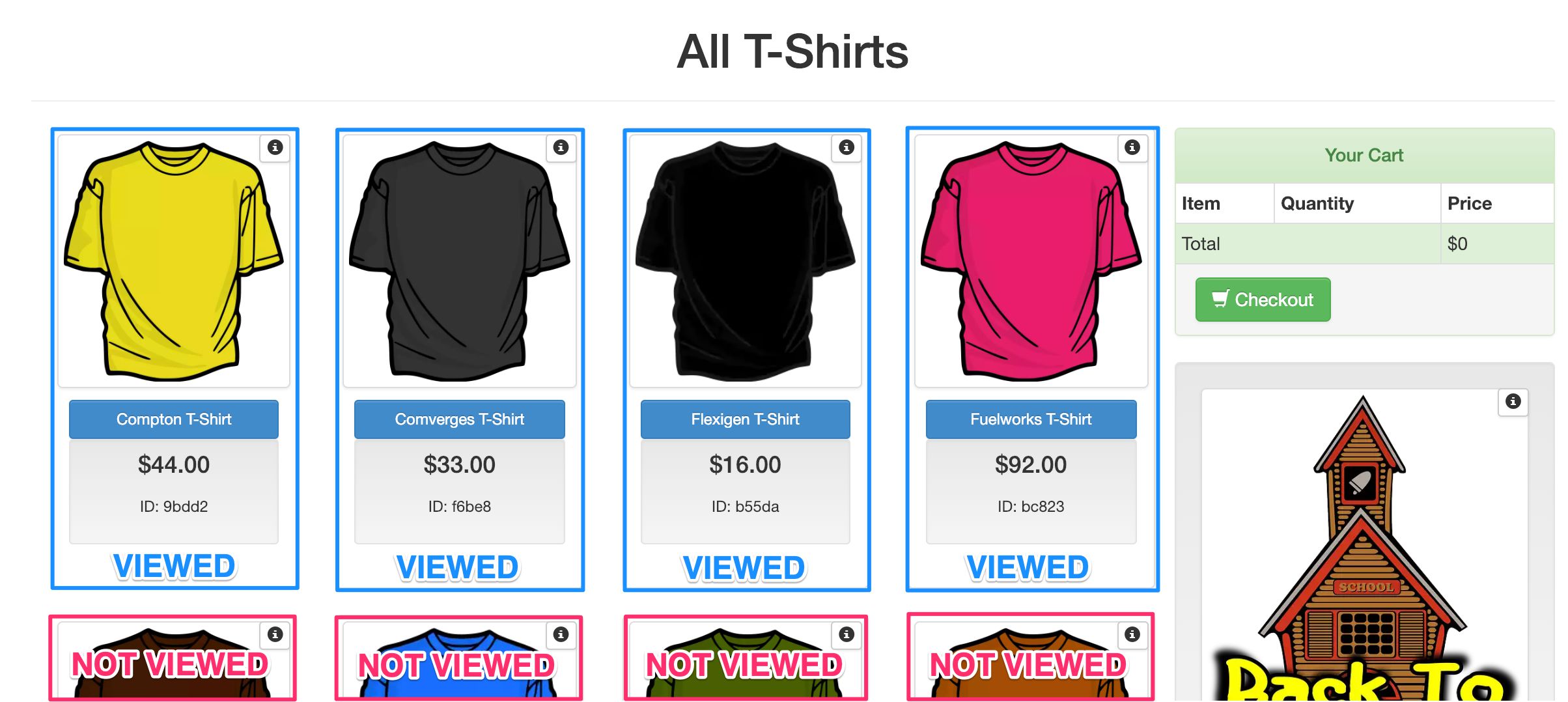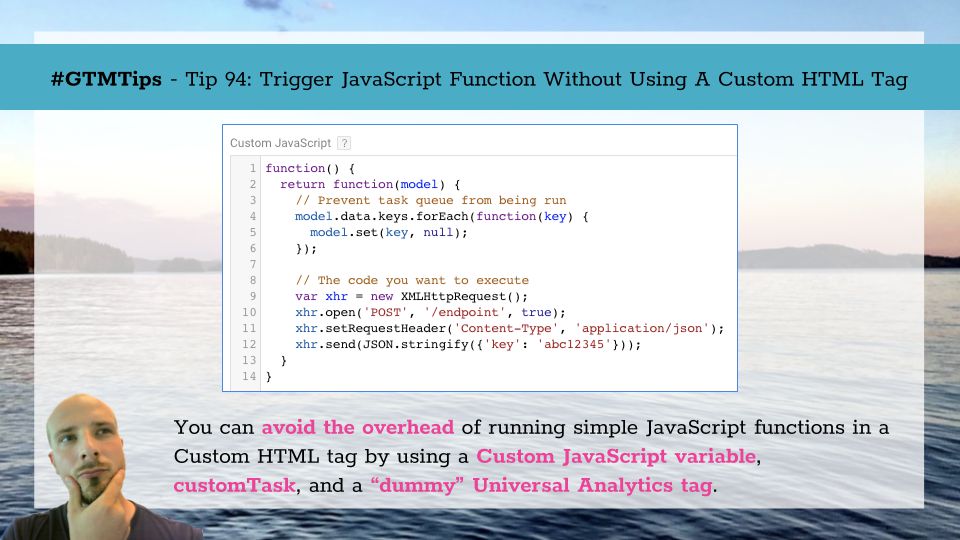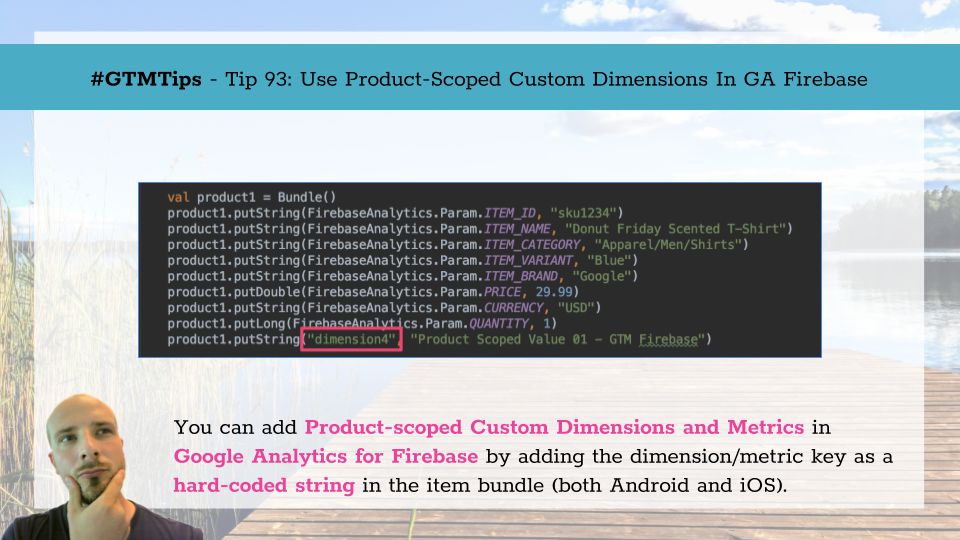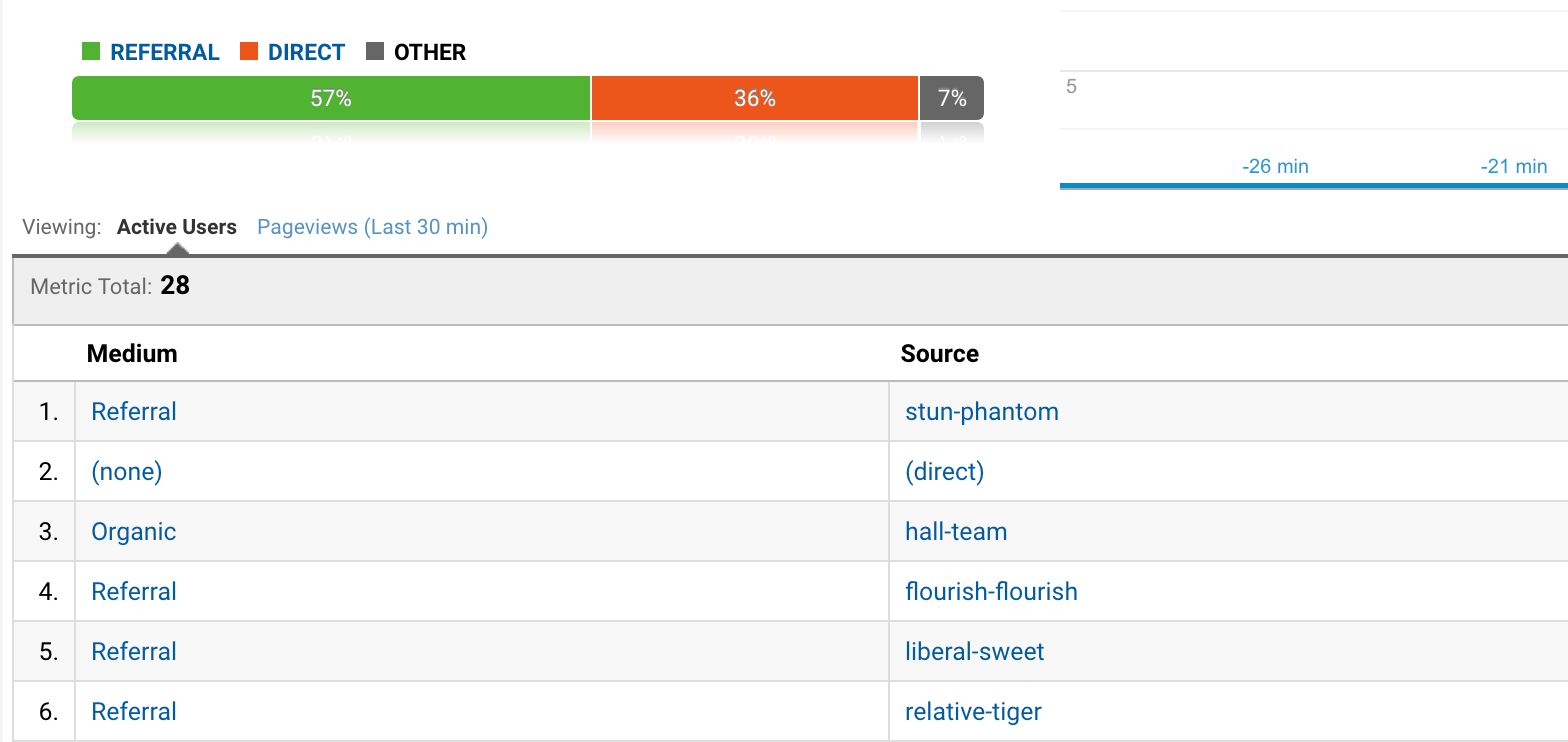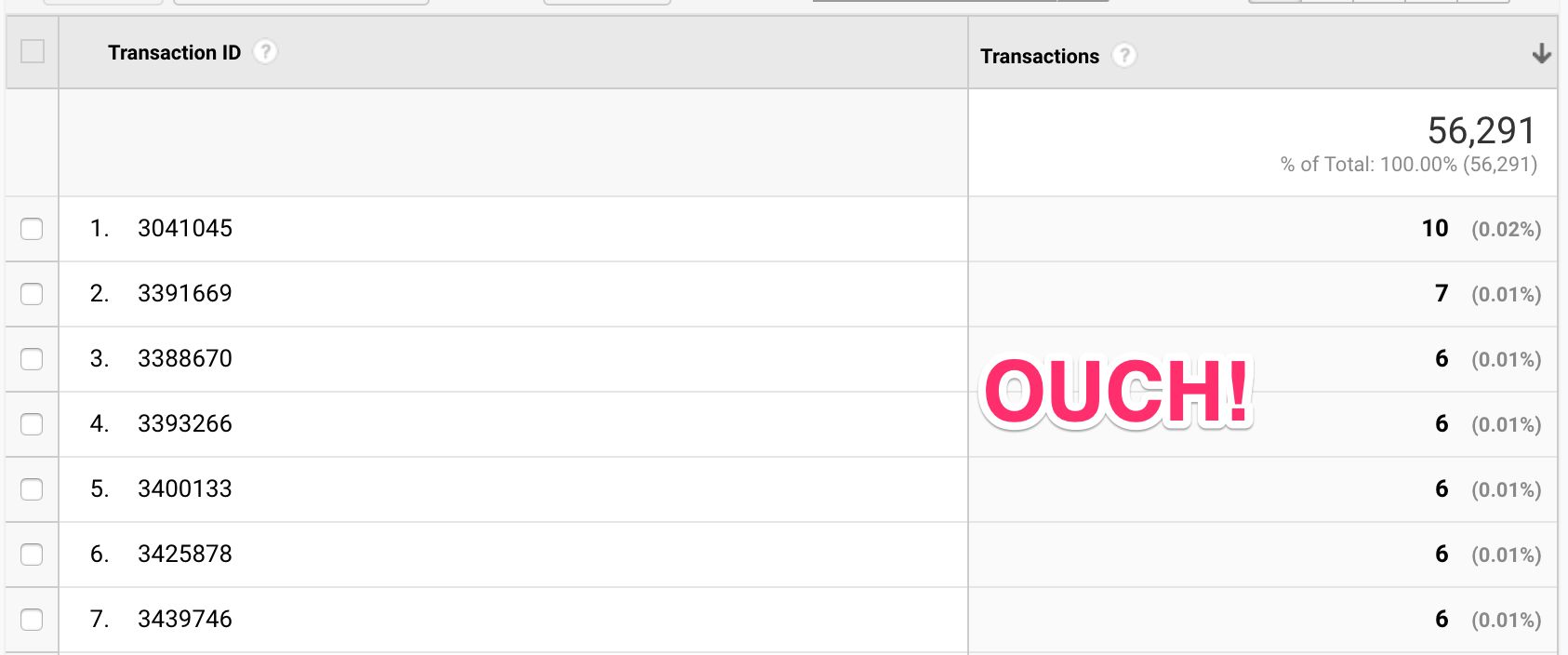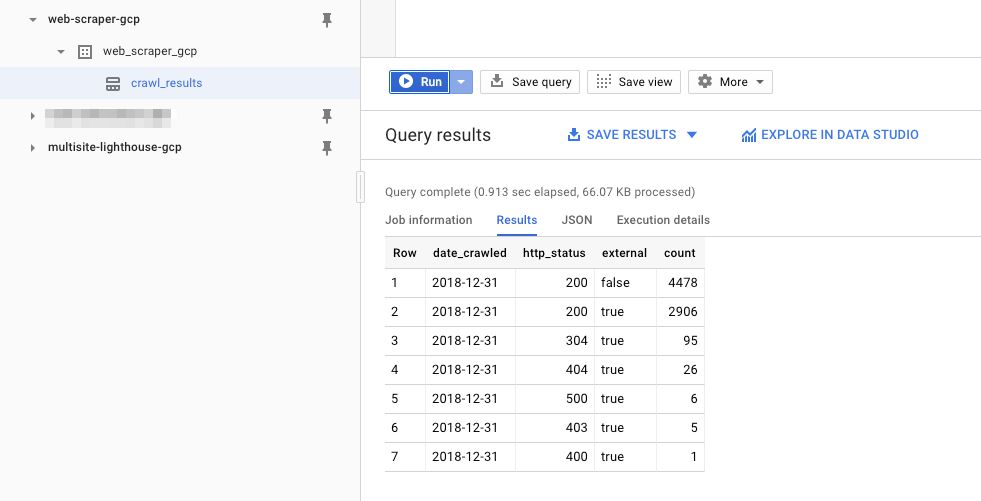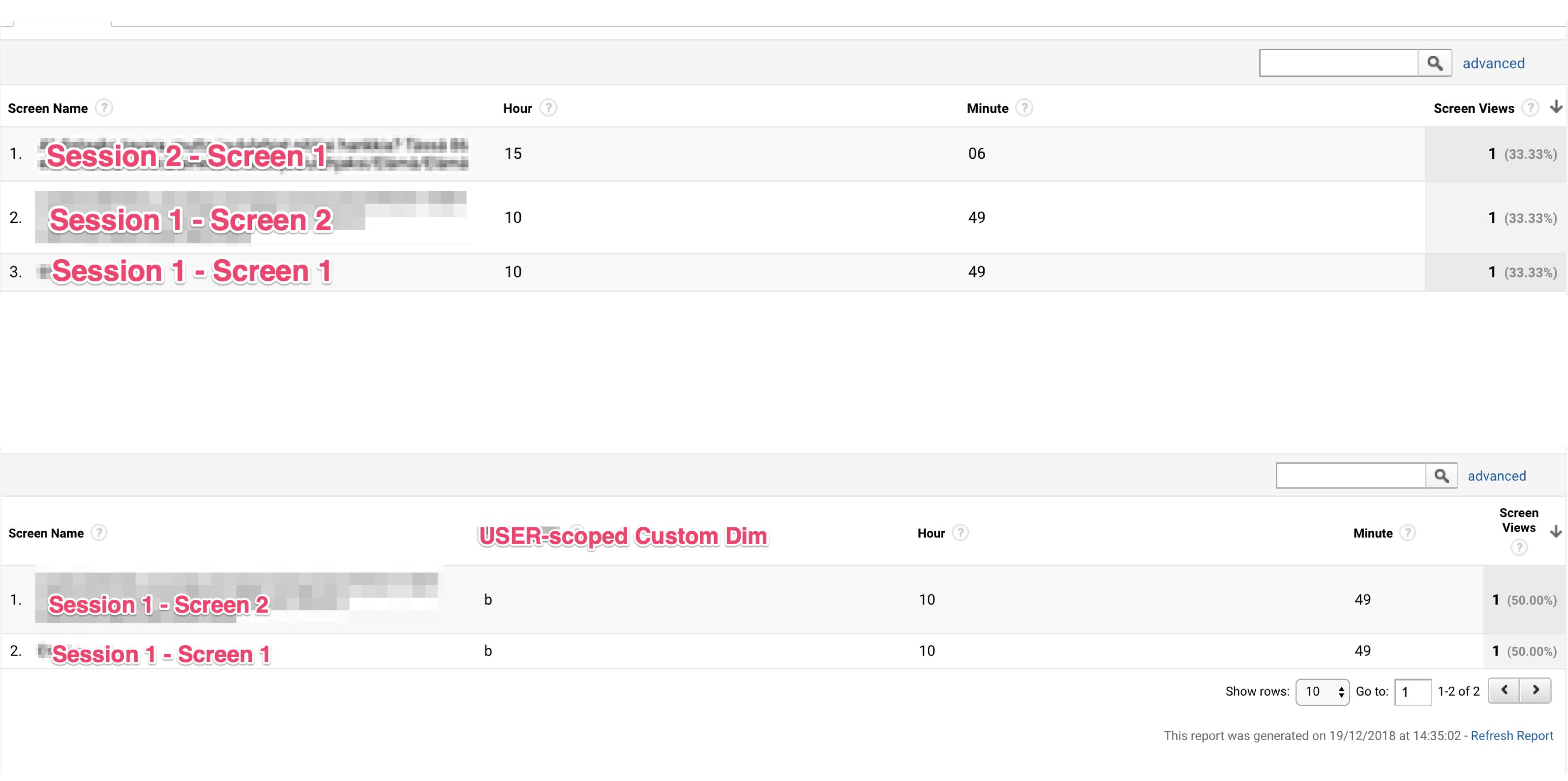Last updated 9 October 2020: customTask updated to a more stable version.
I’m a big fan of Enhanced Ecommerce in Google Analytics. In fact, I think it’s the only valid way to deploy Ecommerce tracking today, especially when using Google Tag Manager. The ability to use a Custom JavaScript variable and the possibility to tackle the full ecommerce funnel are some of the benefits of using Enhanced Ecommerce.
